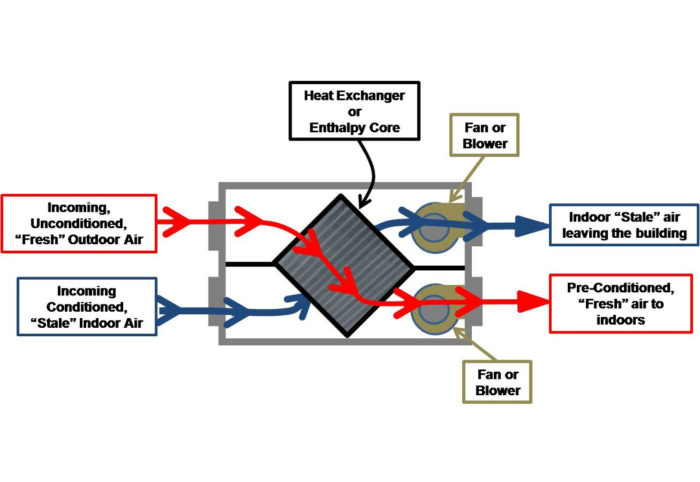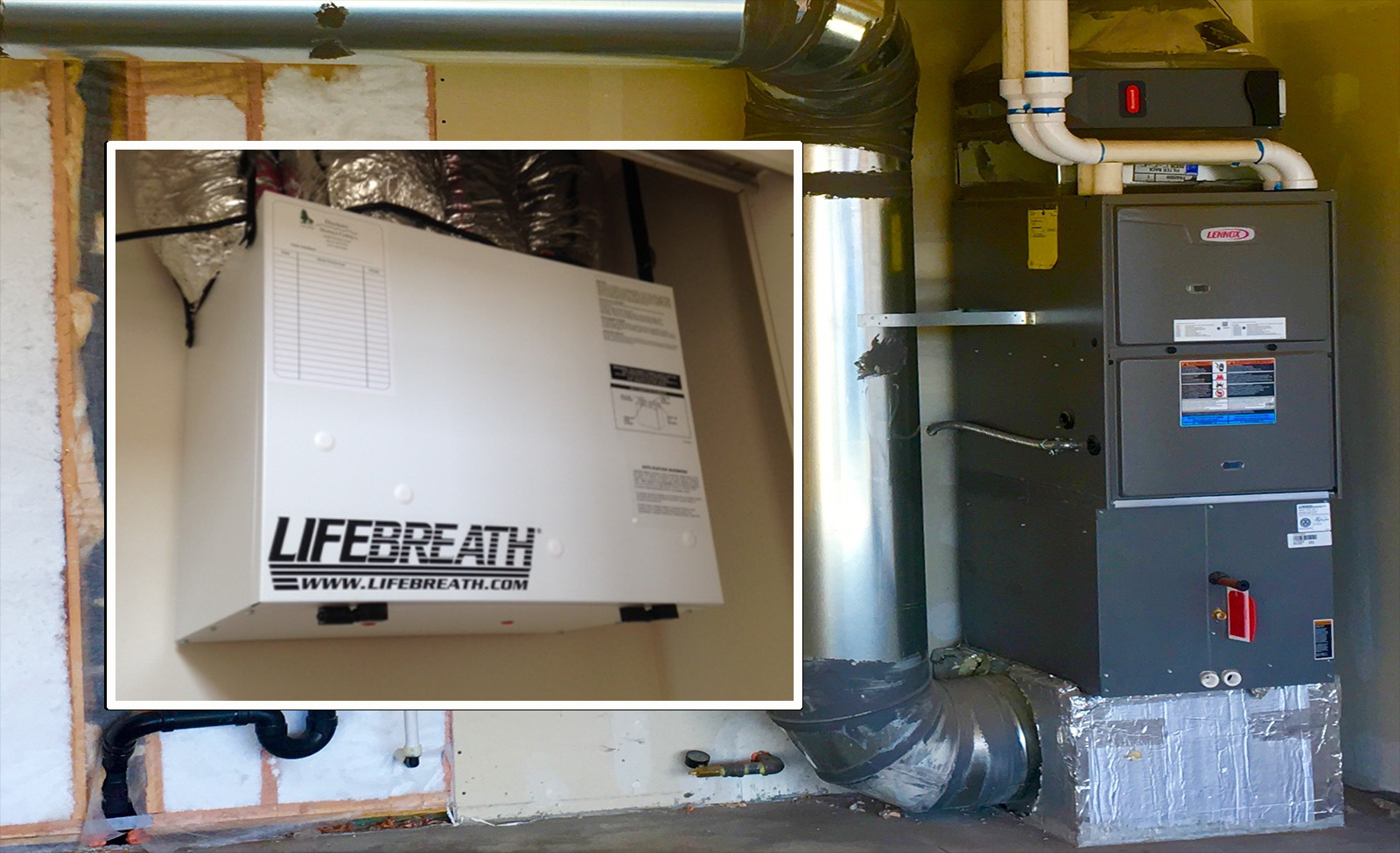Why Use HRV and Why It Matters for Energy Savings
Wiki Article
The All-Inclusive Guide to the Uses of Heat Recovery Ventilation in Modern Structures
Heat Recovery Ventilation (HRV) systems stand for a considerable improvement in building innovation (HRV Heat Recovery Ventilation). They provide a method for trading stagnant indoor air with fresh outside air while lessening power loss. This method not only improves interior air quality yet also adds to power effectiveness in both domestic and commercial structures. Understanding the different applications and benefits of HRV can disclose its crucial function in modern layout and sustainability initiatives. The ramifications of this modern technology deserve discovering furtherUnderstanding Heat Recovery Ventilation Equipments

Although numerous modern structures focus on energy effectiveness, recognizing warmth recovery air flow (HRV) systems is essential for maximizing indoor air quality and reducing power usage. HRV systems work by moving warm from stagnant interior air to inbound fresh air, properly maintaining comfortable interior temperature levels while minimizing power loss. These systems include a warmth exchanger, fans, and ductwork that facilitate the blood circulation of air. Throughout wintertime, HRV units capture and reuse warmth from the outgoing air, while in summertime, they can help cool down incoming air. By continually exchanging air, HRV systems also reduce humidity and the focus of indoor pollutants. Proper setup and upkeep of HRV systems are vital for their efficiency and efficiency in enhancing general building efficiency and comfort.
Advantages of Heat Recovery Ventilation
Heat recovery ventilation systems offer countless benefits that improve both power effectiveness and interior air high quality in modern-day buildings. By recording and reusing energy from exhaust air, these systems substantially minimize cooling and heating prices, causing lower power usage. Furthermore, they keep a stable circulation of fresh outside air, reducing the risk of indoor air pollutants and irritants. This continuous exchange assists regulate moisture degrees, avoiding mold and mildew growth and guaranteeing a healthier living atmosphere. Furthermore, HRV systems add to sustainability objectives by decreasing general carbon impacts. Their ability to optimize air flow without giving up thermal comfort makes them a beneficial enhancement to modern structure style, advertising both economic and ecological advantages.Applications of HRV in Residential Structures
As home owners significantly prioritize energy effectiveness and interior air quality, the applications of heat recovery ventilation (HRV) systems in property structures have actually become more prevalent. HRV systems are especially useful in securely secured homes, where preserving fresh air blood circulation is necessary for protecting against dampness accumulation and interior contaminants. They successfully transfer warmth from outgoing stagnant air to inbound fresh air, minimizing energy expenses connected with heating and air conditioning. Furthermore, HRVs can boost convenience levels by managing moisture and temperature level. They are additionally versatile for different household designs, consisting of single-family homes and multi-unit buildings. On the whole, integrating HRV systems sustains lasting living practices while making sure a much healthier interior atmosphere for passengers.HRV in Business and Industrial Settings
In commercial and industrial setups, the implementation of heat recuperation air flow (HRV) systems has come to be significantly crucial for enhancing power performance and preserving air quality. These systems efficiently transfer warm from exhaust air to inbound fresh air, reducing the need for extra home heating or cooling. This not only decreases power prices yet likewise contributes to sustainability campaigns. Industries such as manufacturing, warehousing, and office complex profit greatly from HRV systems, as official source they aid manage temperature and moisture levels, making certain a comfy and effective atmosphere. HRV systems aid in getting rid of impurities and excess wetness, improving indoor air high quality. As guidelines around air quality become stricter, the fostering of HRV technology is likely to expand, making it a crucial part of modern-day industrial and commercial facilities.Future Patterns in Heat Recovery Ventilation Innovation

Frequently Asked Inquiries
How Does Heat Recovery Ventilation Influence Indoor Air High Quality?
Heat recovery ventilation substantially enhances interior air top quality by constantly exchanging stagnant interior air with fresh additional resources exterior air while recouping power. This process decreases contaminants, preserves optimal humidity levels, and guarantees a healthier environment for occupants.Can HRV Solutions Be Mounted in Existing Structures?
HRV systems can without a doubt be set up in existing buildings. Retrofitting might need modifications to ductwork and ventilation designs, but it significantly boosts power effectiveness and interior air top quality, making it a viable option for older structures.What Upkeep Is Required for HRV Systems?

Are There Particular Climates Where HRV Is A Lot More Effective?
Heat recovery ventilation systems are particularly effective in climates with significant temperature differences between periods. These systems enhance power performance by recovering heat from exhaust air, making them suitable for both cold and moderately warm settings.Exactly How Do HRV Solutions Affect Power Bills?

Report this wiki page